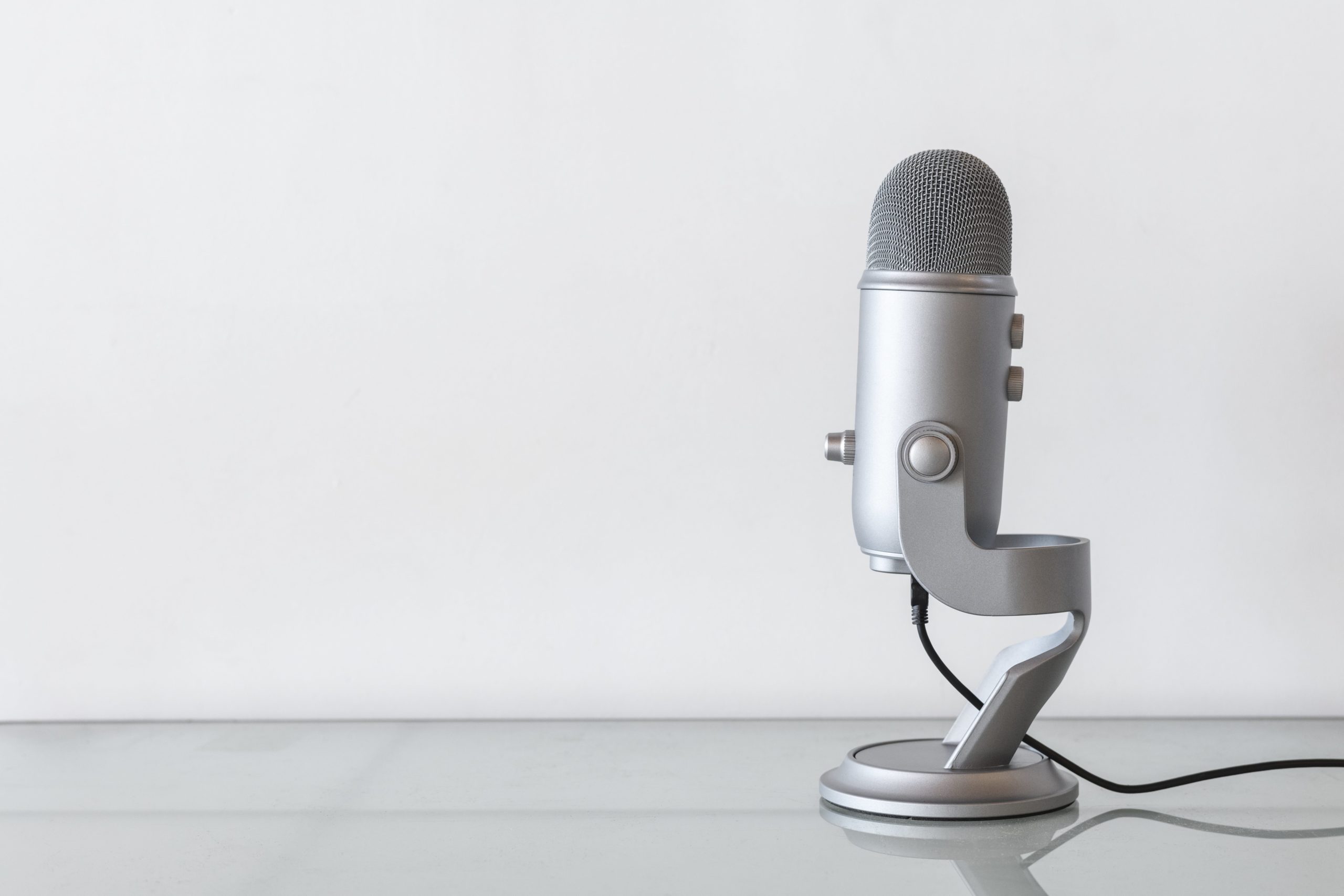When you’re running Facebook ads for your brand, dealing with trolls feels inevitable. These individuals or groups leave frequent, offensive, or negative comments on your posts, creating an uncomfortable situation that can damage your brand’s reputation and derail meaningful conversations with genuine customers.
The good news? You don’t have to let trolls hijack your Meta advertising efforts. With the right strategies to moderate trolls effectively, you can maintain a positive brand presence while keeping your ad performance strong.
Leverage Meta’s Built-in Moderation Tools
Meta provides several automated tools that can help you moderate trolls before their comments ever see the light of day. These preventative measures form your first line of defense.
Community Standards Enforcement
Facebook automatically moderates content across its platform through Community Standards that all users agree to follow. These standards prohibit nudity, hate speech, excessive violence, and fake profiles. While this baseline protection catches the most egregious violations, you’ll need additional tools to address more subtle trolling behaviors.
Profanity Filter Settings
Every page admin can activate Meta’s Profanity Filter, which offers two sensitivity levels: medium and strong. The difference lies in how much offensive language the filter allows through. Meta determines the criteria for what constitutes offensive content at each level, giving you flexibility based on your brand’s tolerance and audience expectations.
Strategic Keyword Blocking
Perhaps the most powerful preventative tool is keyword blocking. Meta allows you to block up to 1,000 specific keywords from appearing on your page. This feature isn’t case-sensitive and automatically blocks variations of your specified keywords, making it highly effective for targeting known problematic language or topics that attract trolls to your ads.
User Banning for Persistent Problems
When dealing with individual trolls or small groups, user banning can provide immediate relief. Banned users lose the ability to comment, like, or post on your page, though they can still share your content. They’re also blocked from sending messages to your page inbox, creating a comprehensive barrier against their disruptive behavior.
Active Troll Management Strategies
While preventative filters are essential, they won’t catch everything. When trolls do slip through, your response strategy becomes crucial for protecting your brand reputation and maintaining positive engagement.
The Strategic Response Approach
Responding to troll comments might feel counterintuitive, but it’s often your best strategy. When you address the underlying frustration or concern behind a troll’s comment professionally, you demonstrate your brand’s commitment to customer service. Other users typically react positively when they see brands being responsive and helpful.
Consider directing the conversation to private channels by encouraging the user to reach out via personal message or phone call. This approach shows you’re taking their concern seriously while moving potentially inflammatory discussions away from your public ad comments.
Ignoring trolls entirely can backfire. Silence may give credence to their complaints and encourage additional trolls to join the conversation, turning a manageable situation into a full-blown crisis.
When to Delete Comments
Comment deletion should be a last resort, not your first response. While you can remove offensive comments from your posts, this action often frustrates the original commenter and may provoke them to leave even more offensive comments.
Before deleting, remember that all comments – positive and negative – contribute to your ad’s engagement rate. Higher engagement typically leads to better ad performance, so removing comments can actually hurt your campaign results. Only delete comments when responding constructively isn’t possible and the content violates clear community standards.
The Nuclear Option: Resetting Ads
If a particular ad becomes a troll magnet, you might consider resetting it. However, this approach comes with significant drawbacks. Every time you reset an ad, you lose all associated data and algorithmic learnings, essentially starting from scratch.
After resetting the same ad multiple times, you’re better off sunsetting it entirely and creating a new campaign. Keep in mind that ad resetting is an extremely manual process that isn’t practical for managing multiple live ads simultaneously.
Building Long-term Troll Resilience
Successfully managing trolls requires more than reactive tactics. Consider these broader strategies for creating a more troll-resistant Facebook presence:
Proactive Community Building: Foster positive engagement by regularly responding to genuine comments and creating content that encourages meaningful discussion. When your page has an active, positive community, trolls often find less fertile ground for their disruptive behavior.
Clear Community Guidelines: Establish and prominently display community guidelines for your page. When users understand your expectations upfront, you can more confidently moderate content that violates these standards.
Team Training: Ensure your social media team understands when to engage, when to ignore, and when to escalate troll situations. Consistent responses across your team help maintain your brand voice even in challenging situations.
While dealing with trolls on your Facebook ads can be frustrating, remember that your response becomes part of your brand story. Professional, thoughtful handling of difficult situations often impresses potential customers more than perfect ad comments ever could.
The key to effective troll moderation lies in combining Facebook’s automated tools with strategic human intervention. By implementing these proven strategies, you’ll create a more positive environment for genuine customer engagement while protecting your brand reputation and maintaining strong ad performance.






